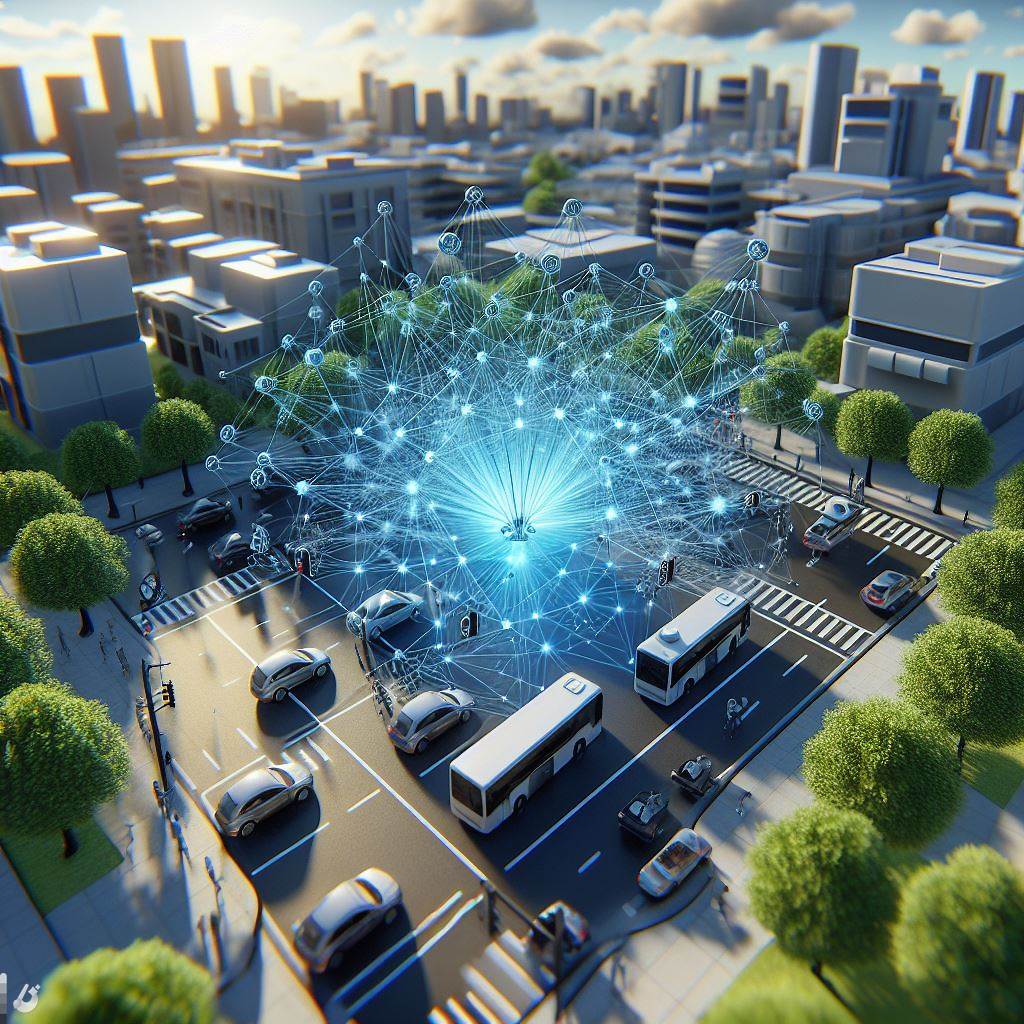
Robotics and autonomous vehicles, rapidly advancing in the technological landscape, hold promise for safer and more efficient work and transportation. The key to their success lies in accurate 3D object detection methods, particularly crucial for robots and self-driving cars navigating their surroundings.
Traditionally, 3D object detection relies on LiDAR sensors, which create 3D point clouds of the environment by scanning and measuring distances using laser beams. However, the sensitivity of LiDAR to noise, especially in adverse weather conditions, poses challenges.
To address this, researchers have developed multi-modal 3D object detection methods combining 3D LiDAR data with 2D RGB images from standard cameras. While this fusion improves accuracy, challenges persist, particularly in detecting small objects due to difficulties in aligning semantic information from independent 2D and 3D datasets.
A team led by Professor Hiroyuki Tomiyama from Ritsumeikan University, Japan, introduced an innovative approach named "Dynamic Point-Pixel Feature Alignment Network" (DPPFA−Net), outlined in their paper published in IEEE Internet of Things Journal.
DPPFA−Net comprises three modules: the Memory-based Point-Pixel Fusion (MPPF) module, the Deformable Point-Pixel Fusion (DPPF) module, and the Semantic Alignment Evaluator (SAE) module.
The MPPF module facilitates interactions between intra-modal features (2D with 2D and 3D with 3D) and cross-modal features (2D with 3D), using the 2D image as a memory bank to enhance robustness against noise. The DPPF module strategically performs interactions at key pixels, allowing for high-resolution feature fusion with low computational complexity. The SAE module ensures semantic alignment during fusion, addressing the challenge of feature ambiguity.
Testing DPPFA−Net against the KITTI Vision Benchmark, the researchers observed significant average precision improvements, reaching up to 7.18% under various noise conditions. The model also outperformed existing ones in the face of severe occlusions and adverse weather conditions, showcasing its state-of-the-art capabilities.
Accurate 3D object detection methods hold potential benefits for self-driving cars, reducing accidents and improving traffic flow, as well as enhancing robotic capabilities in various applications. Professor Tomiyama highlighted the broader implications, stating that such advancements could facilitate a better understanding and adaptation of robots to their working environments, ultimately improving their precision in perceiving small targets. Additionally, these detection networks could significantly reduce the cost of manual data annotation for deep-learning perception systems, accelerating advancements in the field.